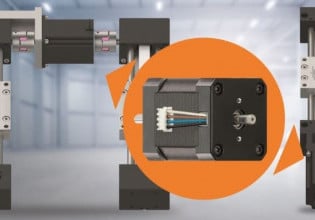A
Hello everybody!!!
I am automation engineer and this is the first time I am involving with PLC (Siemens S7, S5) communication interfaces!
First of all I would like to know the differences (a brief technical description) between PPI and MPI protocol. The only thing I know is what abbreviations means (MPI = Multi Point Interface and PPI = Peer to Peer Interface), I think so!
I have 2 PLCs S7-221 with RS485 interface and I want to establish an RF communication between these! Also I have 2 modems SATEL 3AS model. Where should I connect the modems? On PG port or on RS485 Port?
Is there any technical manual about this points?
Any help will be appreciated!!!
Thanks a lot in advance!!!!!!
I am automation engineer and this is the first time I am involving with PLC (Siemens S7, S5) communication interfaces!
First of all I would like to know the differences (a brief technical description) between PPI and MPI protocol. The only thing I know is what abbreviations means (MPI = Multi Point Interface and PPI = Peer to Peer Interface), I think so!
I have 2 PLCs S7-221 with RS485 interface and I want to establish an RF communication between these! Also I have 2 modems SATEL 3AS model. Where should I connect the modems? On PG port or on RS485 Port?
Is there any technical manual about this points?
Any help will be appreciated!!!
Thanks a lot in advance!!!!!!






